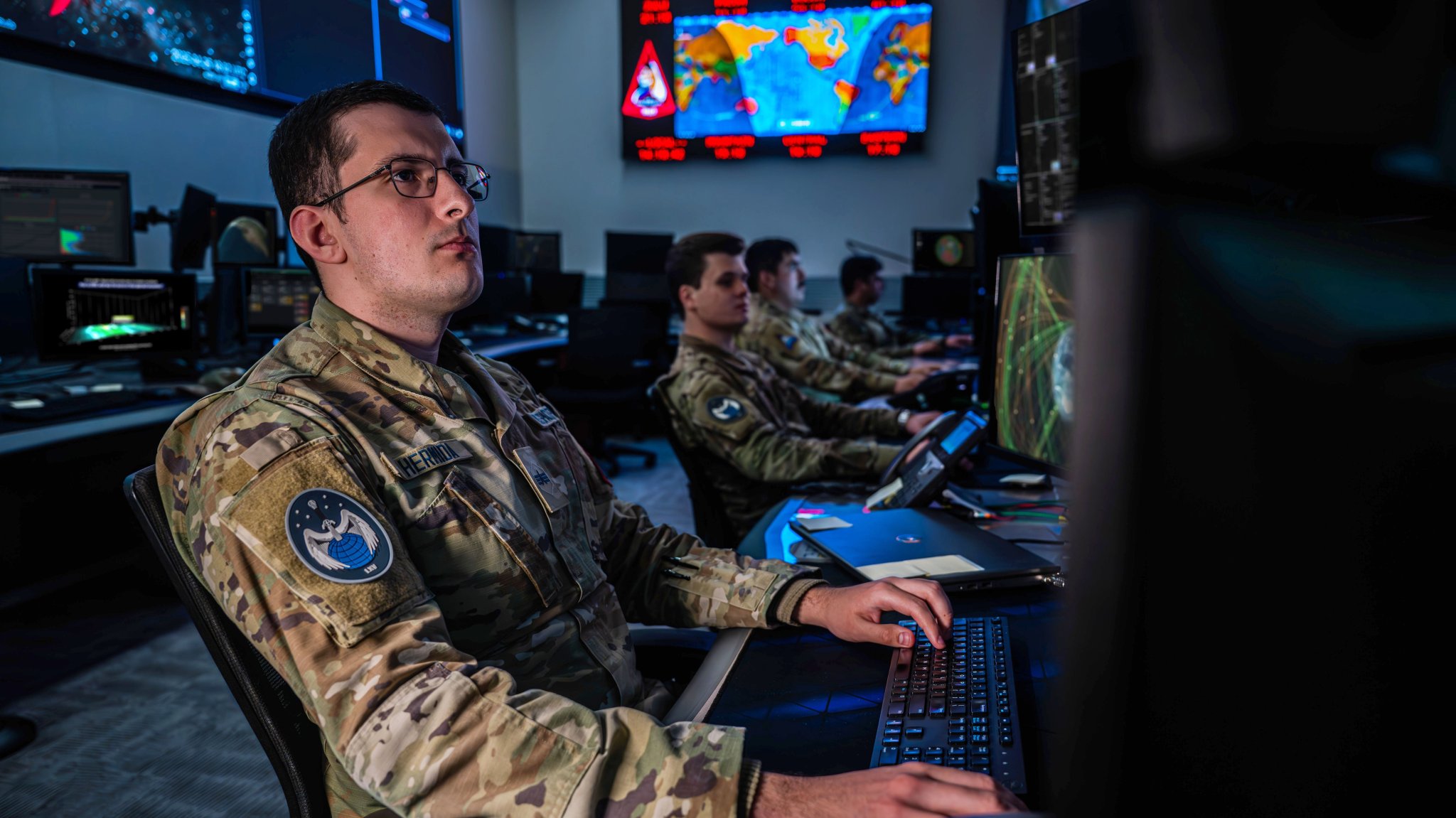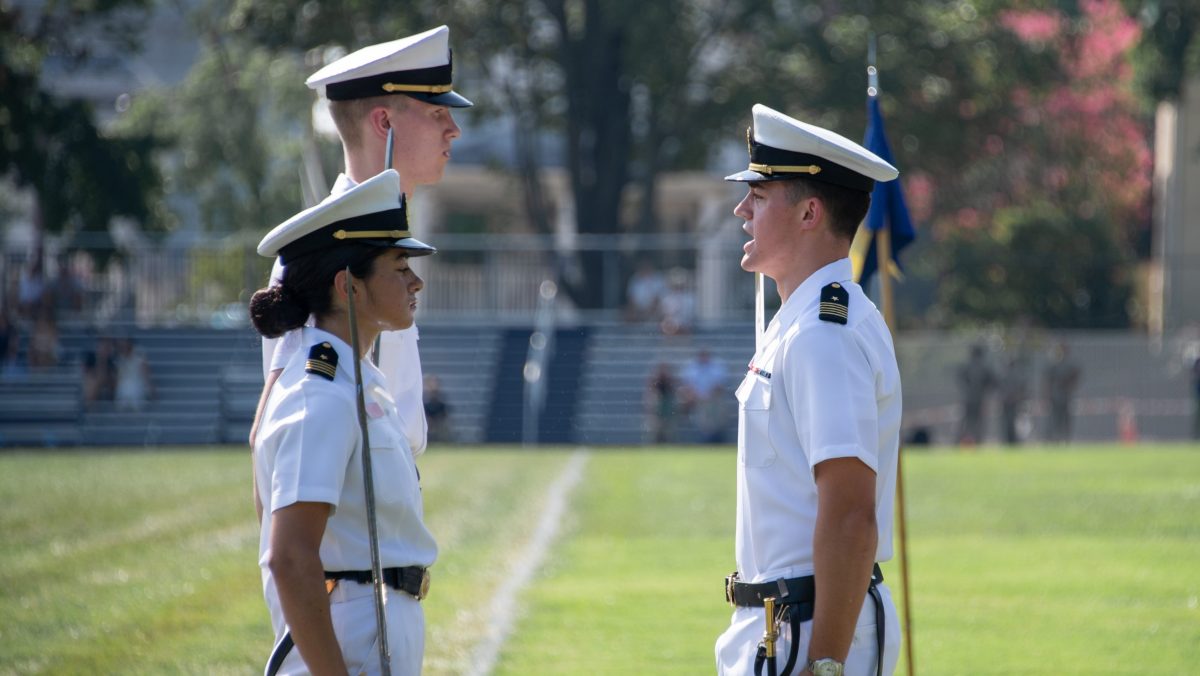
Guardians track data at the Combined Space Operations Center at Vandenberg Space Force Base. Space Force photo by Tech. Sgt. Luke Kitterman
The U.S. Space Force is hoping to get its own permanent opposition force for training, this time in orbit. Specifically, the service is looking at sending up satellites into space to serve as aggressors to help Guardians prepare for potential conflicts.
Speaking to reporters last month at the Air Force Association’s Air, Space and Cyber Conference, Chief of Space Operations Gen. Chance Saltzman said that Space Force was looking at putting real satellites in orbit so that terrestrial aggressor teams can operate them rather than relying on simulators or virtual exercises. The War Zone first reported on the proposal.
Pushing for more training is not a new directive at Space Force, but aiming to launch new pieces of equipment into space specifically for that role is. So far no satellites have been put in orbit for this specific purpose; Space Force has been conducting a number of launches but those have been towards building out its array of missile detection tools and electronic signal intercept capabilities. operational test and training infrastructure
Get Task & Purpose in your inbox
Sign up for Task & Purpose Today to get the latest in military news each morning.
The idea, per Saltzman, is like the use of aggressors by the Air Force, or red teams and opposition forces the other branches use for their training. There is some background in the military for these kinds of OPFOR operations; the Army maintained an electronic and information warfare command for more than two decades that often served as the red team for cybersecurity training exercises.
Currently Space Force units train via simulations, in part because of the logistics of space operations. The service has set up aggressor units, and some joint exercises with other parts of the military have integrated both ground-based teams and in-orbit satellite tracking to coordinate operations. This idea would help Guardians test satellite versus satellite conflicts, specifically in issues such as adversaries trying to jam American ones or otherwise disable them.
“There’s nothing like propagating [radio frequencies] through the atmosphere, out to orbit and tracking satellites,” Saltzman told reporters. “It has to happen for real.”
Top Stories This Week
As such, he said, it will require the service to acquire more satellites and reserve some specifically for those training purposes. The proposal comes as the service branch pursues its vision of being able to carry out “orbital warfare.” That exact vision remains somewhat hazy, but it does involve Space Force expanding its offensive capabilities in space.
Since its creation in 2019, Space Force has been expanding its network of satellites in orbit and tracking systems on the ground. As such, the service and other militaries are expanding potential capabilities for orbital conflict, from building out the ability to jam enemy satellites and systems or use more direct means to hurt arrays, including direct kinetic strikes to physically destroy opposition forces’ infrastructure.

Task & Purpose Video
Each week on Tuesdays and Fridays our team will bring you analysis of military tech, tactics, and doctrine.

.jpeg)























.jpeg)












 English (US) ·
English (US) ·